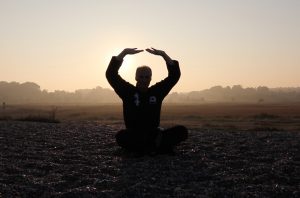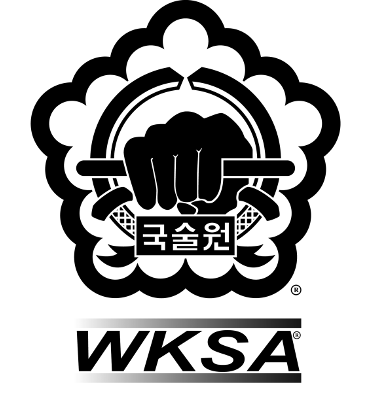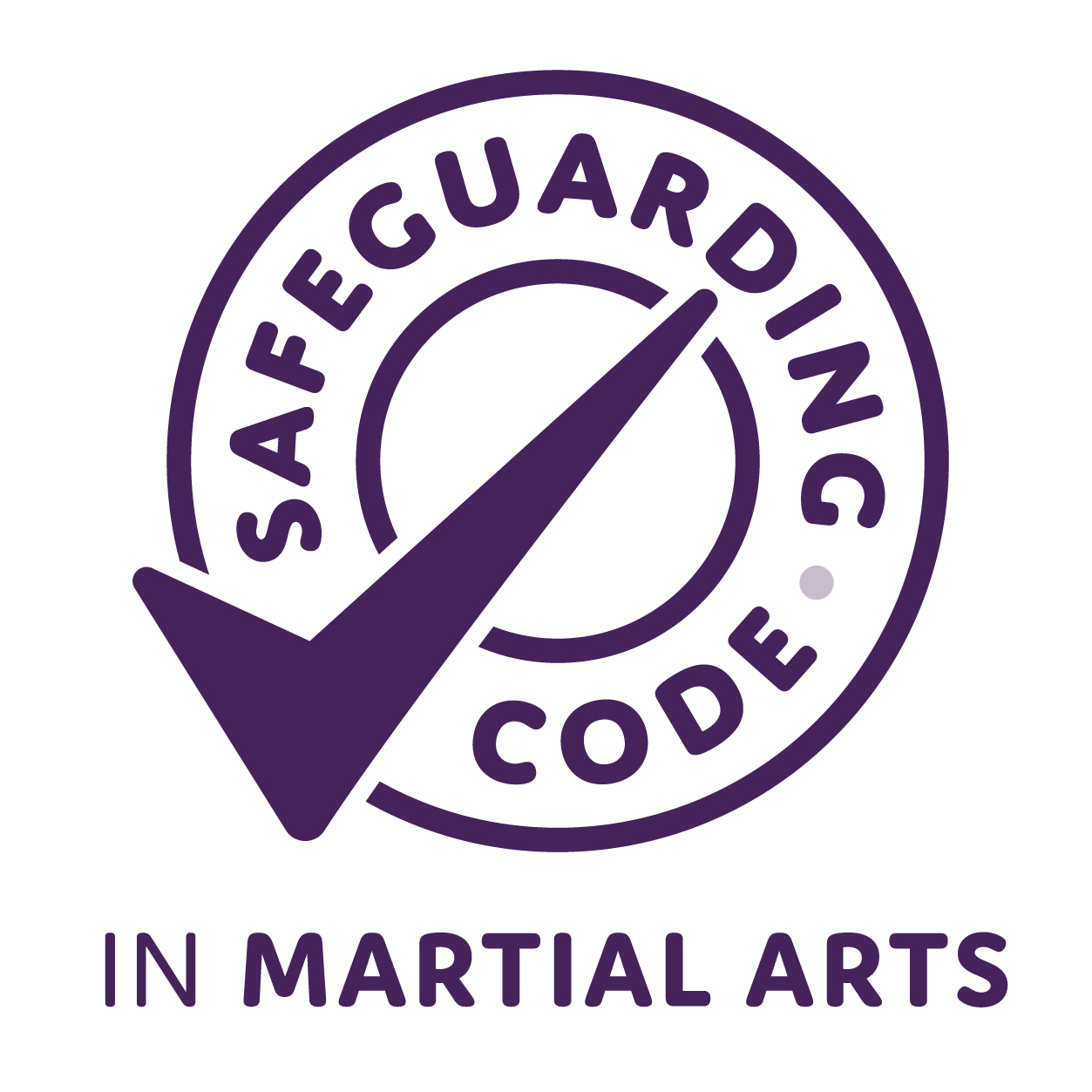
In Chinese its called Chi. In Japanese and Korean, the term is ki, it literally means air or breath, specifically inner energy or life force. Some martial arts incorporate ki training and development into their training regimen as a means to generate up to seven times the average person’s power with each fighting technique.
You can find ki training from a variety of sources. Some types of Yoga are geared toward ki development. The Chinese practice qigong (chi kung) for health and martial arts purposes. However, not every type of ki training develops martial potential. Some qigong and ki development styles are for health only. Martial art ki development requires a special kind of training that incorporates both fighting and health benefits into one system.
Kuk Sool Won places much emphasis on ki development. Like the Chinese internal martial arts such as tai chi, Kuk Sool is based on relaxed power. Relaxed power is without sheer force against force. Kuk Sool stylists take control of the opponent by taking them off balance, and then deliver a powerful, relaxed blow or joint locking technique to end the fight. Ki power helps them stay relaxed and deliver a more powerful technique.
There are two principle types of ki power training in Kuk Sool. One involves meditation. The other, called ki-cho-ja-ki (wringing out the ki) is more closely related to martial arts. Both are essential to ki power development. Although there are many different ways to develop more powerful ki, all must include good breathing practices. There is no ki development without deep, even breathing.
Correct breathing starts with slowing the breathing into, slow relaxed breaths. Ki development delivers more oxygen to all body cells. The skin has better colour and stays younger and elastic longer. Ki development experts do not get sick as often as the average person and recover quicker from any diseases they do contract. In ancient Korea, martial artists with ki power training functioned well throughout continuous three or four-day battles with no rest at all.
When ki flows more freely throughout the body when both mind and body are relaxed, daily meditation is important. The mind doesn’t relax until the body is physically relaxed and vice versa. Quiet, calm breathing helps the body relax and ki to flow. Meditation helps slow the breathing and relax tense muscles and mind.
An indication that ki training is being performed correctly may come from specific sensory feelings, which are often experienced during meditation. These might include sensations of internal heat, warmth moving down the legs, or an itching skin feeling that makes the fine hairs on arms and legs stand on end.
As the ki flows smoothly, the body becomes warm. As the ki flows out into the hands, the hands get warm. Relaxation is a must, since any tenseness in the shoulders, arms or wrists prevents ki from flowing into the hands. All types of ki training should be pleasant experiences, done without forcing oneself. It is a discipline, but a pleasant one.
There are 12 basic ki meditation postures in Kuk Sool Won. These first 12 positions are broken down into prone and sitting postures. Lying or prone postures are practiced first, since they are comfortable for novice students.
Prone meditation positions help bring the student’s breathing down lower into their chests and abdomens. Most people breathe high in their chests, using only a third of their total lung capacity. Prone meditation postures help develop full lung capacity.
Each meditation position is performed for 10 long even breaths, with a four to five second interval between inhale and exhale of each breath. Preferably ki training should be practiced daily, with one set being completed early in morning, upon rising and the other last thing at night before going to sleep.
Added note; all of the 12 ki training positions can been viewed in Kuk Sool text book one, as well as a more detailed description of the exercises.




